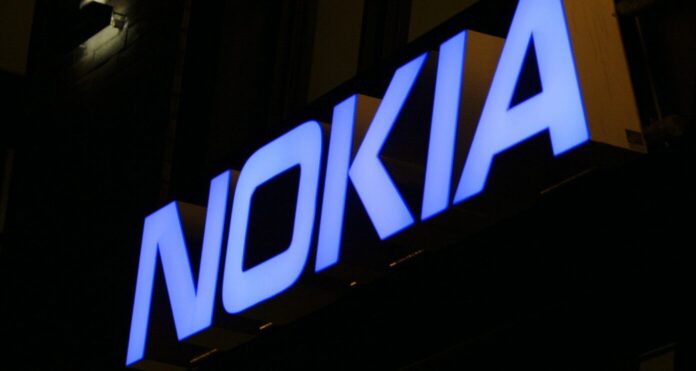Component availability is constraining Nokia’s growth, not demand or production capacity, says CEO
Nokia saw strong sales growth in both its network infrastructure and cloud and network services segments during the past quarter as operators push forward with 5G adoption, and the company’s CEO said it could have grown even faster if not for component shortages.
CEO Pekka Lundmark told investors that while Nokia’s network infrastructure saw 6% year-over-year growth, “What is interesting is that actually we could have grown faster without supply chain constraints. .. We are currently not constrained by market demand or our own production capacity. But what is constraining our growth at the moment is availability of components.”
Nokia reported net sales of nearly 5.4 billion euros, beating analysts’ estimates. Adjusted operating profit was 633 million euros, also higher than expectations.
Lundmark also highlighted that within Nokia’s network infrastructure group, its Fixed Networks division was “really the standout of this quarter” with 29% growth compared to the same period last year. Lundmark attributed this to both lasting impacts of the Covid-19 pandemic driving the need for faster in-home connectivity, but also network operators prioritizing fiber investment. He said that Nokia believes there is substantial opportunity ahead in Fixed Wireless Access (FWA) networks to connect locations which are not built out with fiber currently.
Lundmark also noted that Nokia expects big things from its private wireless bsiness, which he said was a key segment of its enterprise strategy and is growing by double-digits. Nokia already has more than 380 private wireless customers, he added, although he described that private wireless market as “still in the very early stages.”
Lundmark did warn that in terms of the overall operating landscape for Nokia — and the rest of the industry — it’s a “bit of a challenging situation” on both costs and components.
He continued: “The global semiconductor demand is greatly exceeding supply at the moment,” and cited expectations that the global demand is expected to grow by 40% between 2020-2022. “This is then combined with the unprecedented component cost inflation for our industry,” Lundmark said. “For a long time, our industry has been used to where prices are continuously eroding. Now, at least temporarily, that trend seems to have seems to have turned. Nokia is working day-to-day with two goals in mind, he said: To ensure component availability so that customers get what they need, and to deal with cost inflation. He said that the crunch is expected to have an impact on the company’s fourth quarter and limit its margin expansion next year. But, he pointed out, “This is not a Nokia specific issue. This is an industry issue, but it would be naive to say that it would not affect us as well. It will. And it is possible that the situation will get more challenging before it then starts getting better.”

